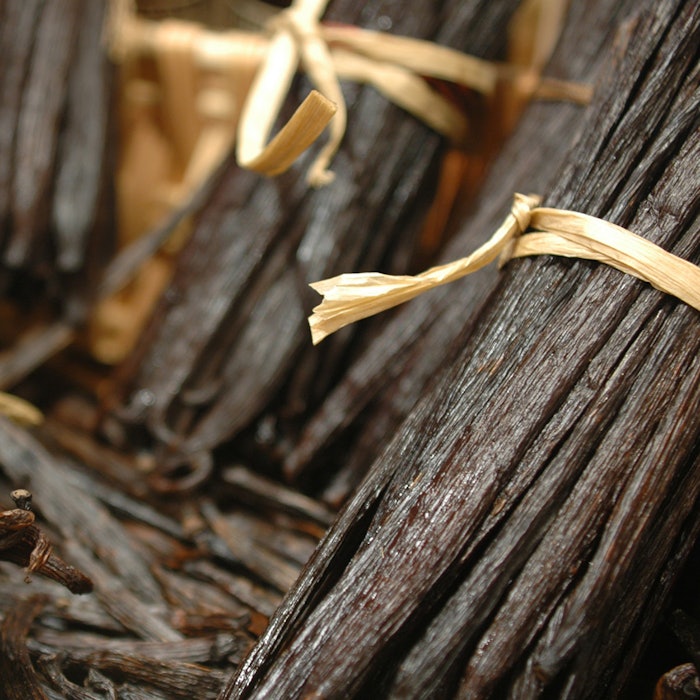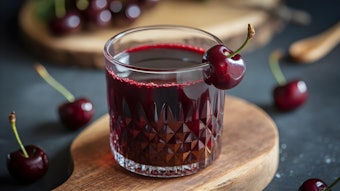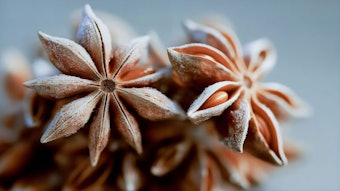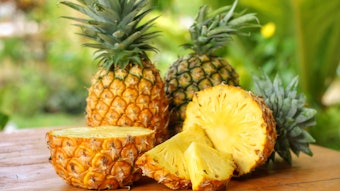
This article is the first in a two-part series on vanilla curing. Part 2 appears in the December 2013 edition of Perfumer & Flavorist.
Curing of vanilla beans is an age old process involving the four basic steps of blanching, sweating or fermentation, drying, and conditioning. Over the last 10 years or so, scientific understanding of this process has improved as a result of developments in plant biochemistry, particularly its contribution to the curing operation. At the same time, greater knowledge of plant tissue microstructure and compartmentation of enzymes and substrates at the microscopic level has facilitated a greater insight into tissue and cellular organization and disorganization during the ripening and senescence process. In the context of the vanilla bean, this comprehension allows a better understanding of the state of the vanilla pod at the ripe stage, and the effects of natural processes and curing on its transformation.
Part 1 of this paper will consider the vanilla bean tissue microstructure and cellular compartmentation of key enzymes and chemical actives in relation to their potential for vanillin and flavor formation in the ripe bean. Part 2, in the DEcember 2013 edition, will examine the effects of the natural senescence process and the induced curing stages as these relate to tissue microstructure breakdown and flavor development.










